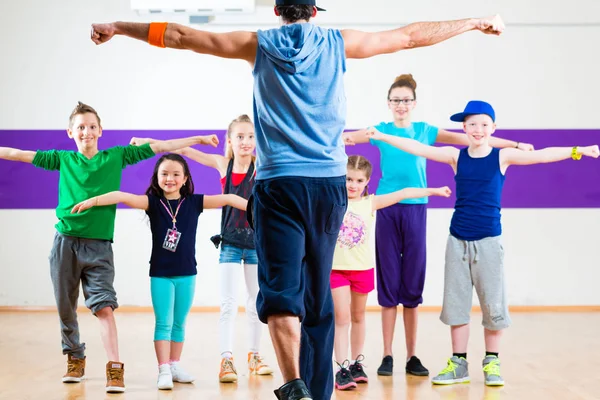
It is commonly known that movement is beneficial for the body. Whether this may be through exercise, yoga, meditation, or dance. In this article, researchers observed the outcomes of a recreational dance program for children with Autism Spectrum Disorder (ASD). Long-term participation in The Ballet for All Kids (BFAK) program was reported by parents as psychologically, socially, and physically beneficial for their children with ASD.
Parents involved in BFAK gave interviews describing their child’s experiences in the program. Many parents mentioned that a well-liked aspect of the program had to do with the familiarity and routine it involved. Similar music and exercises were used during every session. Children with ASD typically adhere to these routines, meaning the program gave them the structure they required. Another reported benefit among all parents involved in the study was the increase in self-esteem observed in their children. This is significant as it counters the low self-esteem that children with ASD are at risk for developing.
The BFAK program is simply one of the many pieces of growing research on dance therapies for children with ASD. Long-term benefits of participation in these sorts of programs for overall health seem to be growing among this young population.
Read the full article here!
Nolyette Verastegui
Research Assistant, UConn KIDS






